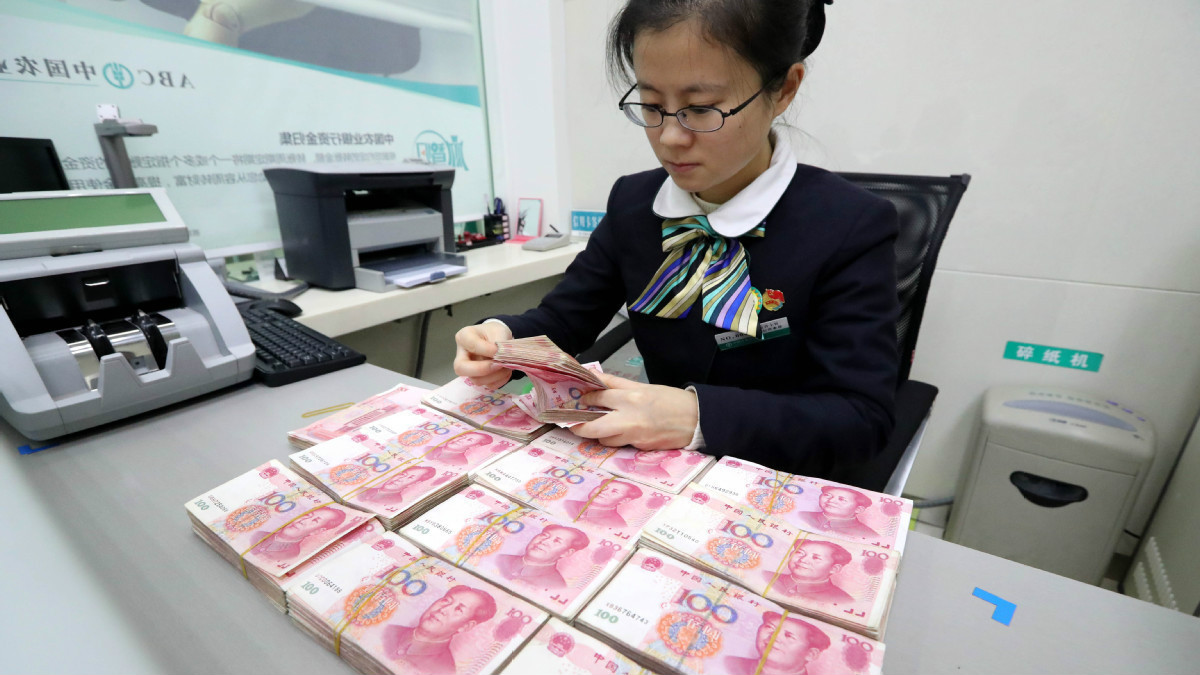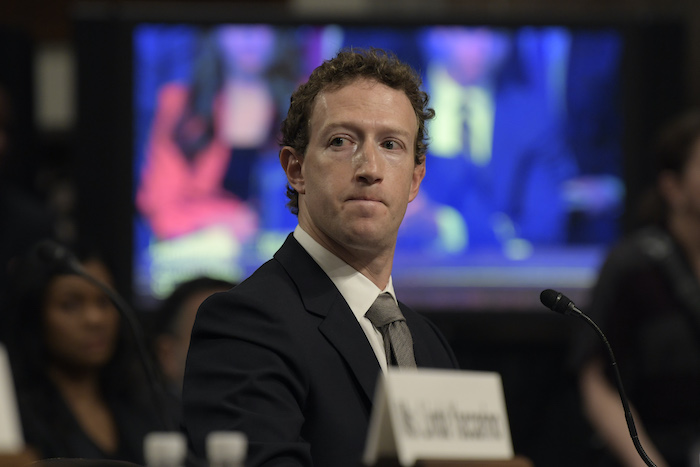(ATF) China’s central bank continued to pump cash into the banking system via reverse repos Monday.
And in a sign that policymakers think the economy is recovering strongly, they kept the nation’s benchmark lending rate steady for the third straight month.
The People’s Bank of China (PBoC) injected 100 bln yuan ($14.29bn) into the market through seven-day reverse repos at an interest rate of 2.2%, according to a statement on the website of the central bank.
The injection is intended to maintain reasonable and sufficient liquidity in the banking system, the central bank said.
As 50bn yuan of reverse repos matured Monday, the operation led to a net injection of 50bn yuan.
A reverse repo is a process in which the central bank purchases securities from commercial banks through bidding, with an agreement to sell them back in the future.
The one-year loan prime rate (LPR) was kept unchanged at 3.85%, while the five-year LPR remained at 4.65%.
Most new and outstanding loans are based on the LPR, while the five-year rate influences the pricing of mortgages.
Thirty-four out of 36 participants in a Reuters survey had expected no adjustment to LPR in July after the PBoC kept borrowing costs on medium-term lending facility (MLF) unchanged last week.
READ MORE: This week: S Korea GDP may signal recession, China to hold rates
READ MORE: ATF index gauges mixed ahead of July benchmark lending rate fixing
MLF, one of the PBOC’s main tools in managing longer-term liquidity in the banking system, serves as a guide for the LPR.
The interest rate on one-year MLF loans to financial institutions also stayed unchanged at 2.95% for three straight months.
Against the backdrop of improving economic data, analysts and economists said policymakers have started to shift away from powerful, emergency monetary easing to more targeted schemes to help areas of the economy that are still struggling. Policymakers are also concerned that too much stimulus could stoke more debt and financial risks.
Official data showed China’s economy grew 3.2% in the second-quarter from a year earlier, faster than the 2.5% expected by analysts, as lockdown measures ended and policymakers ramped up stimulus after a record, virus-induced contraction early in the year.
The LPR is a lending reference rate set monthly by 18 banks. The PBoC revamped the mechanism to price LPR in August 2019, loosely pegging it to the MLF rate.
- Additional reporting reporting by Winni Zhou and Andrew Galbraith at Reuters
























